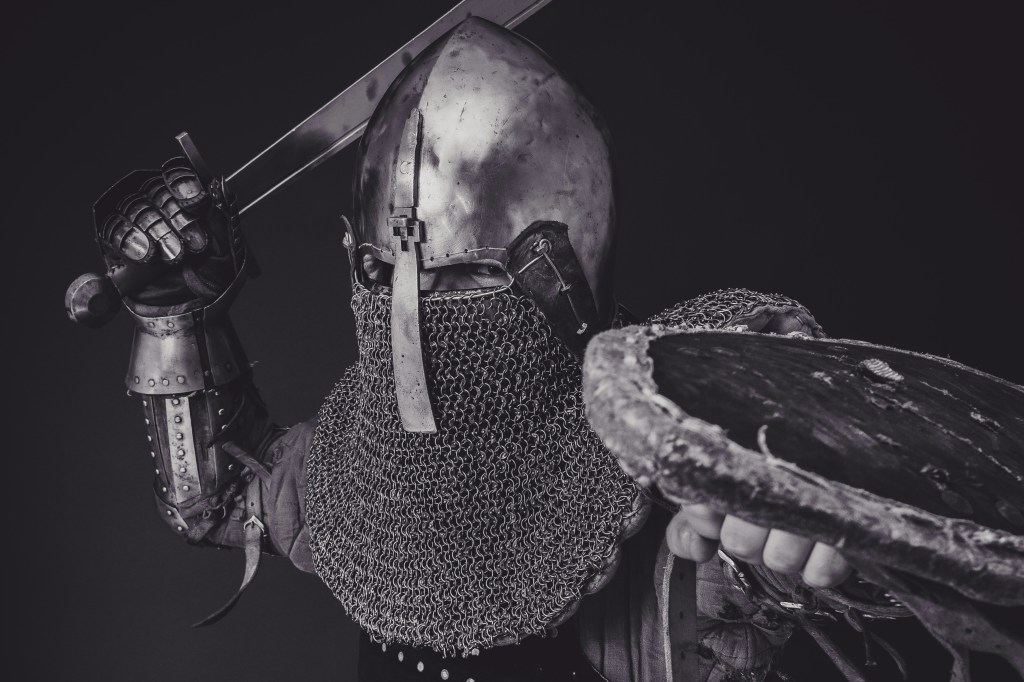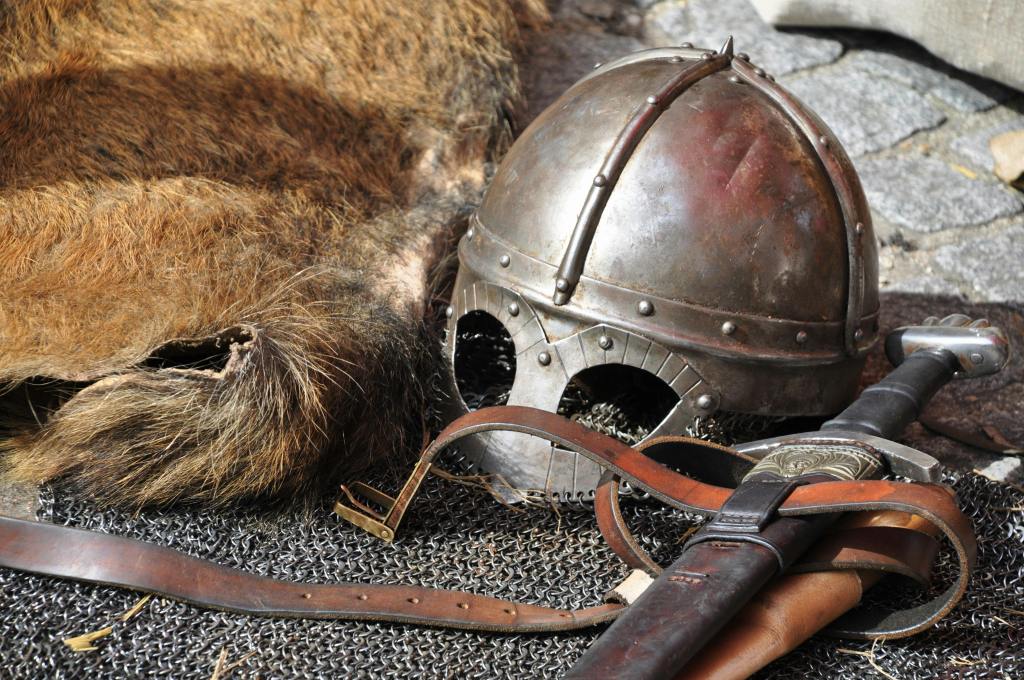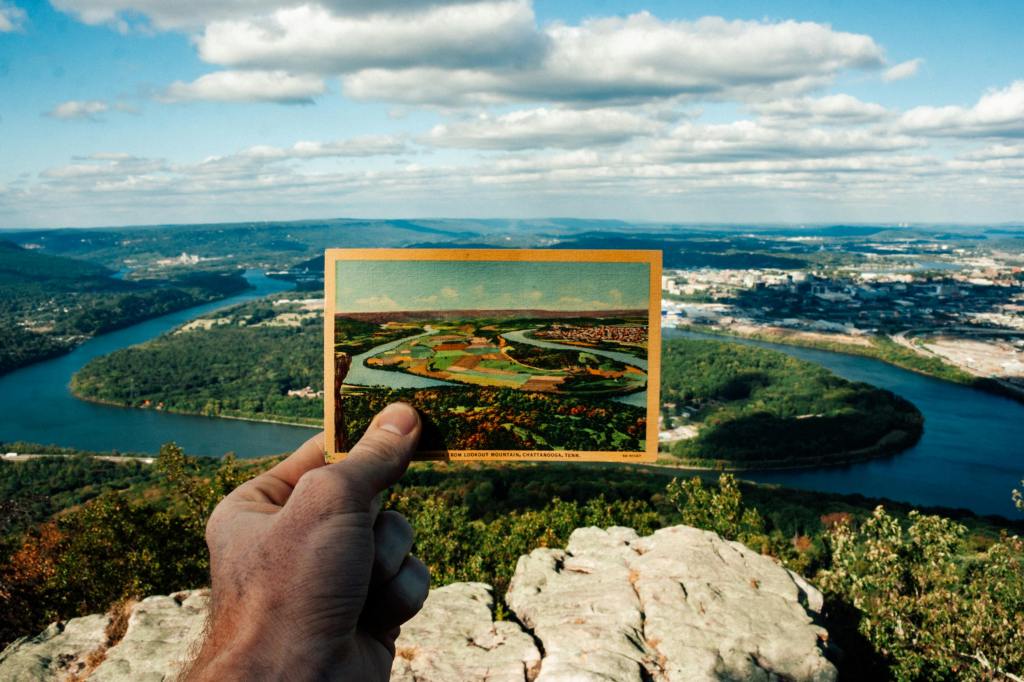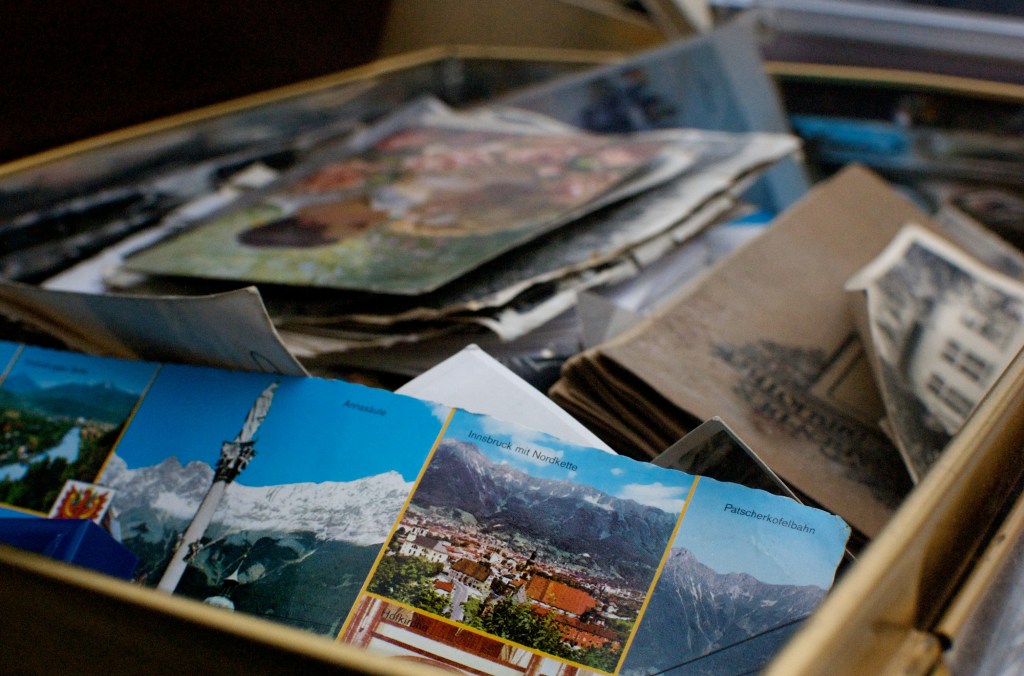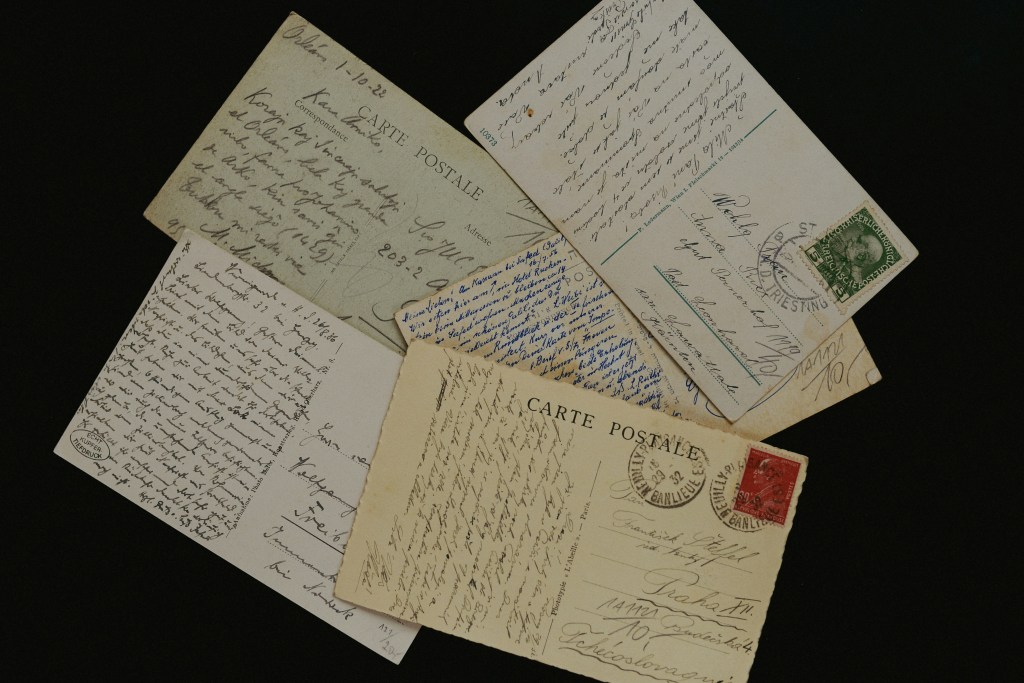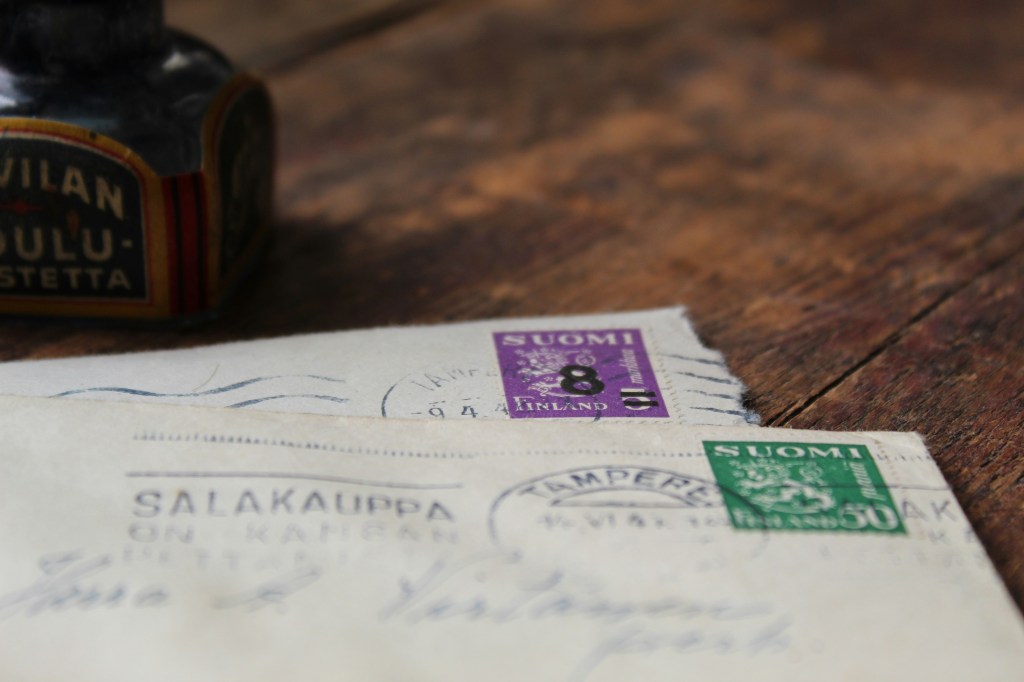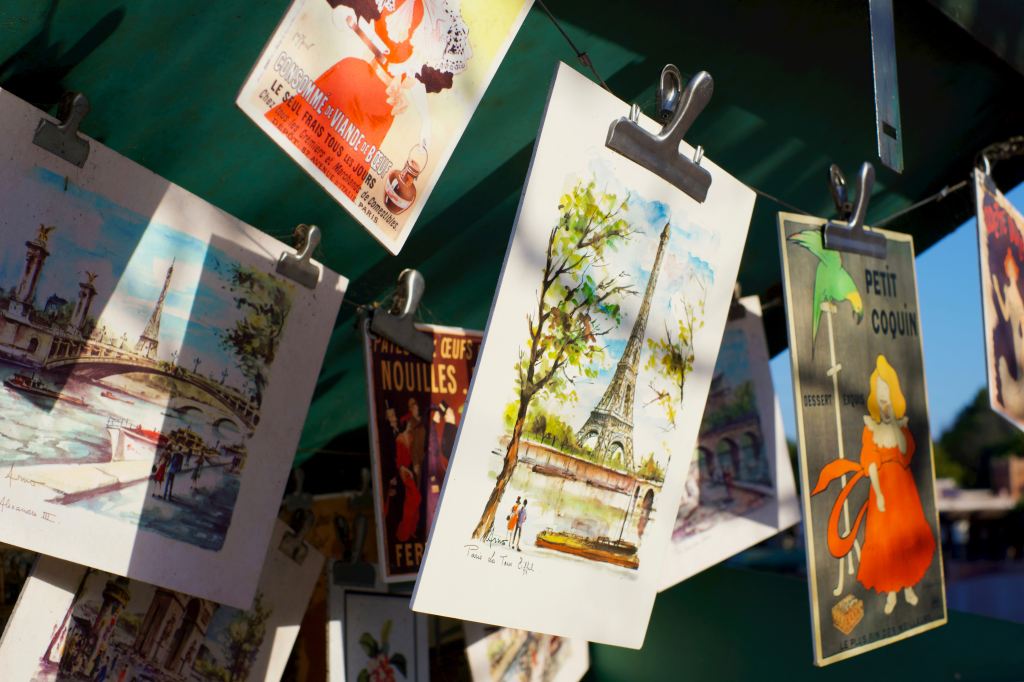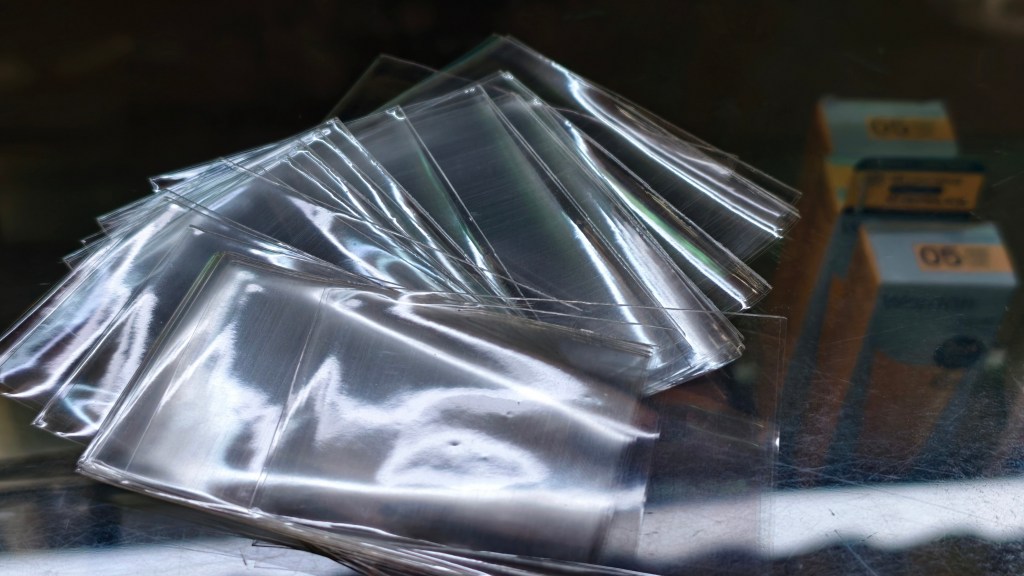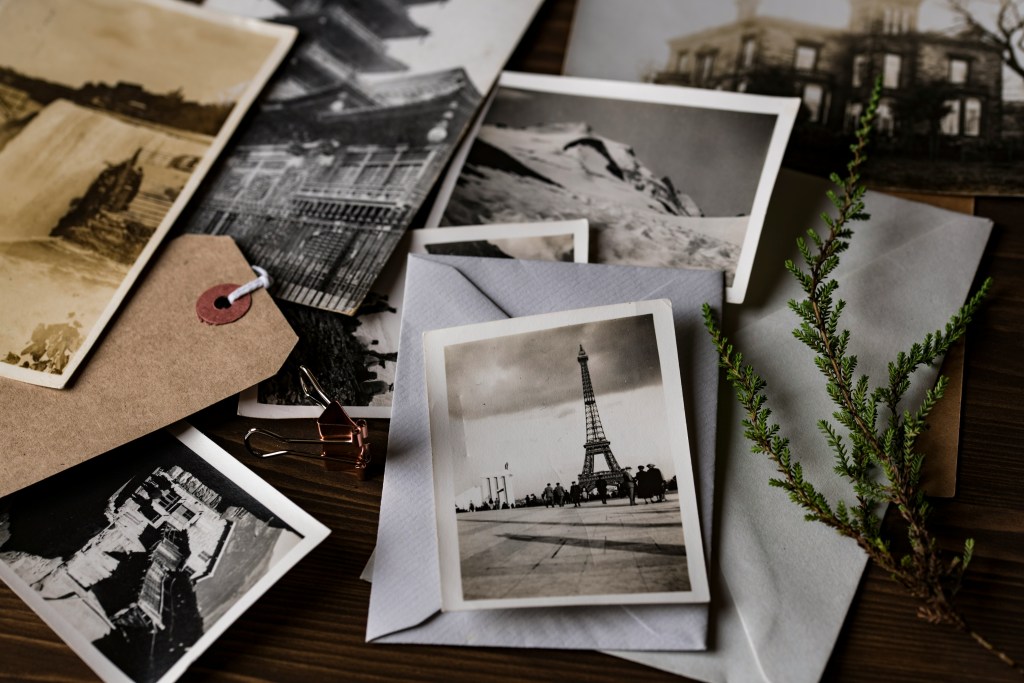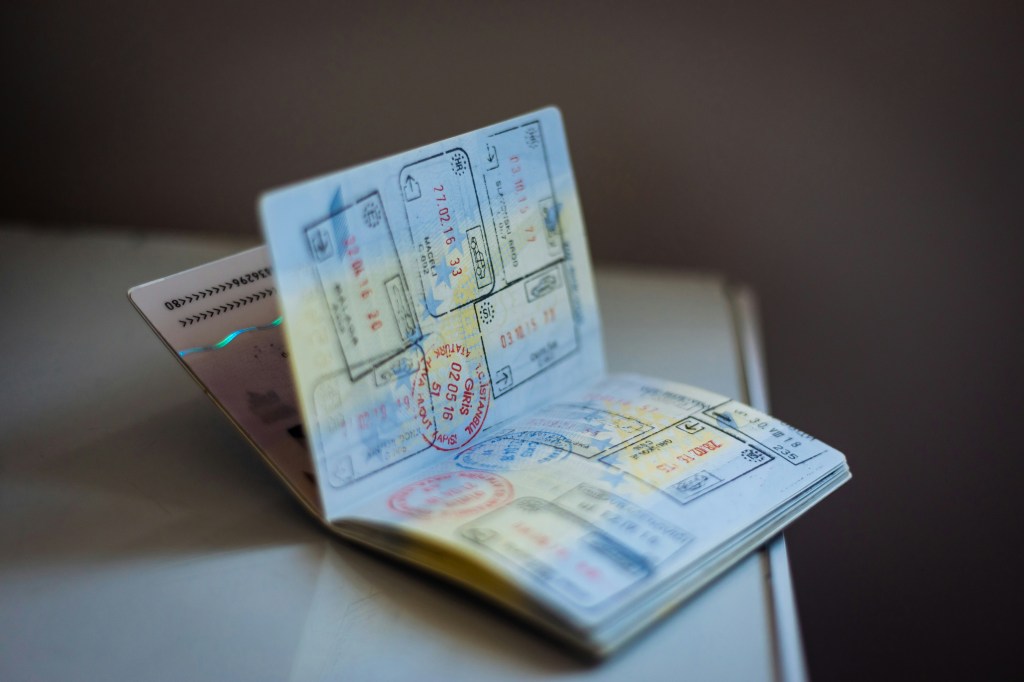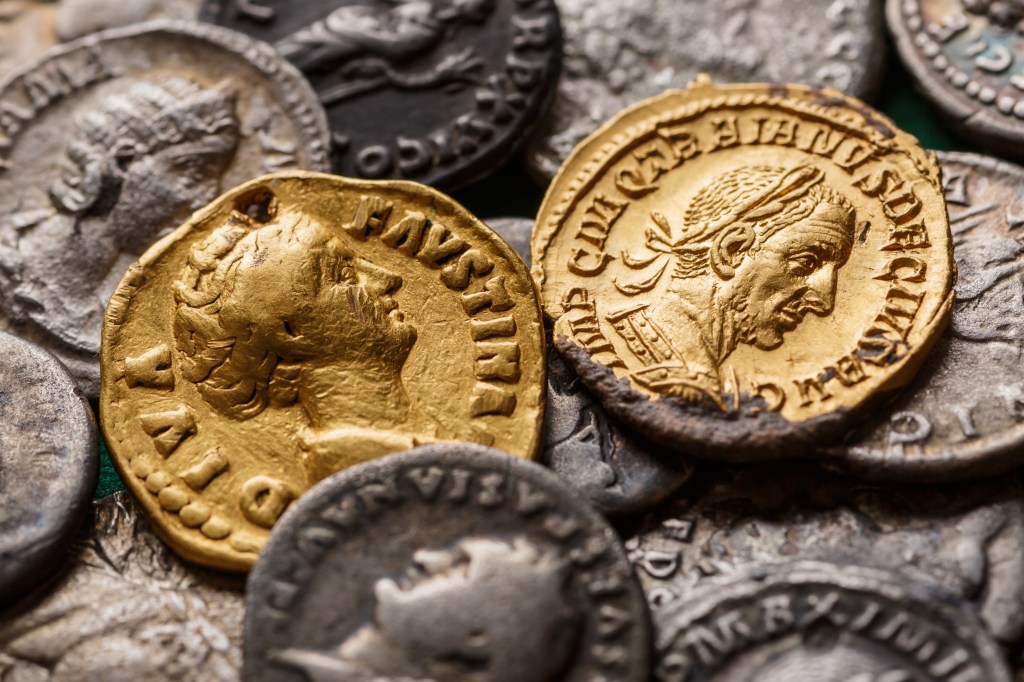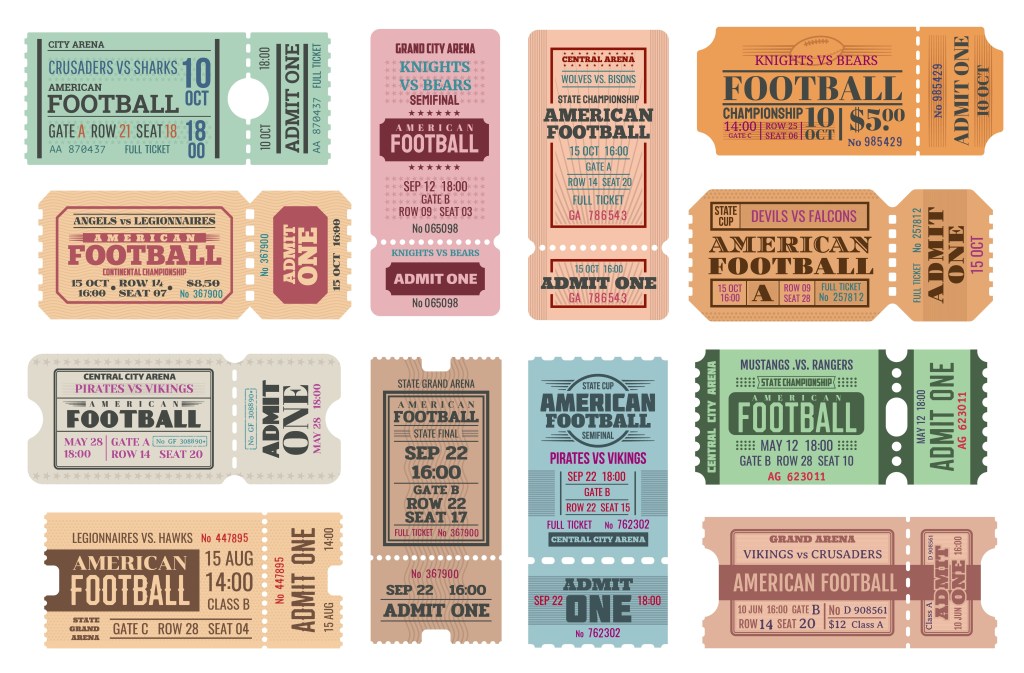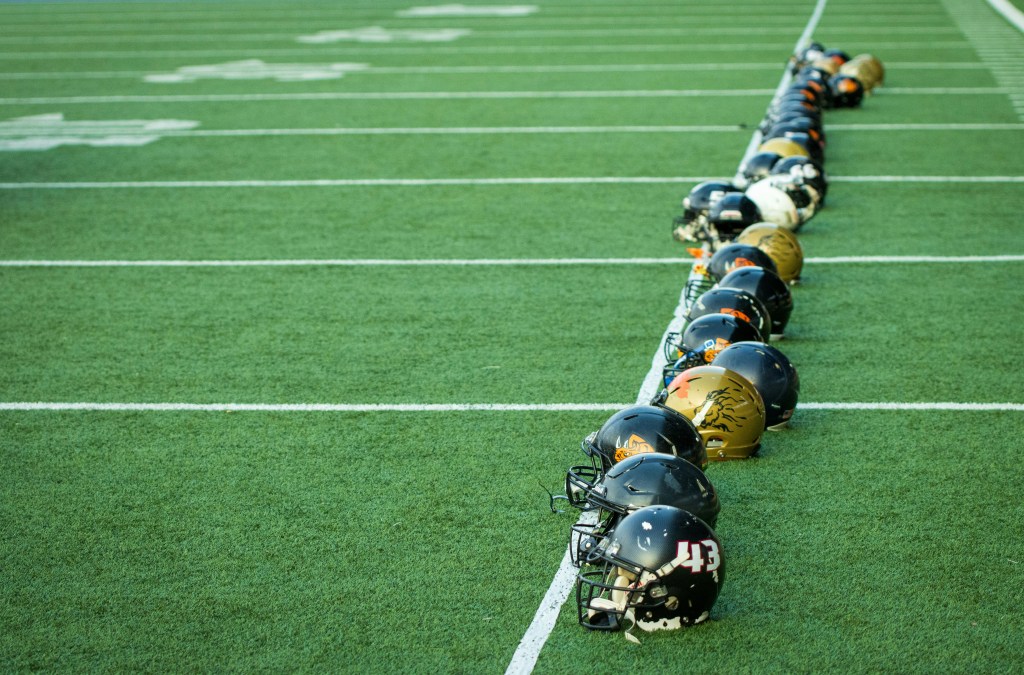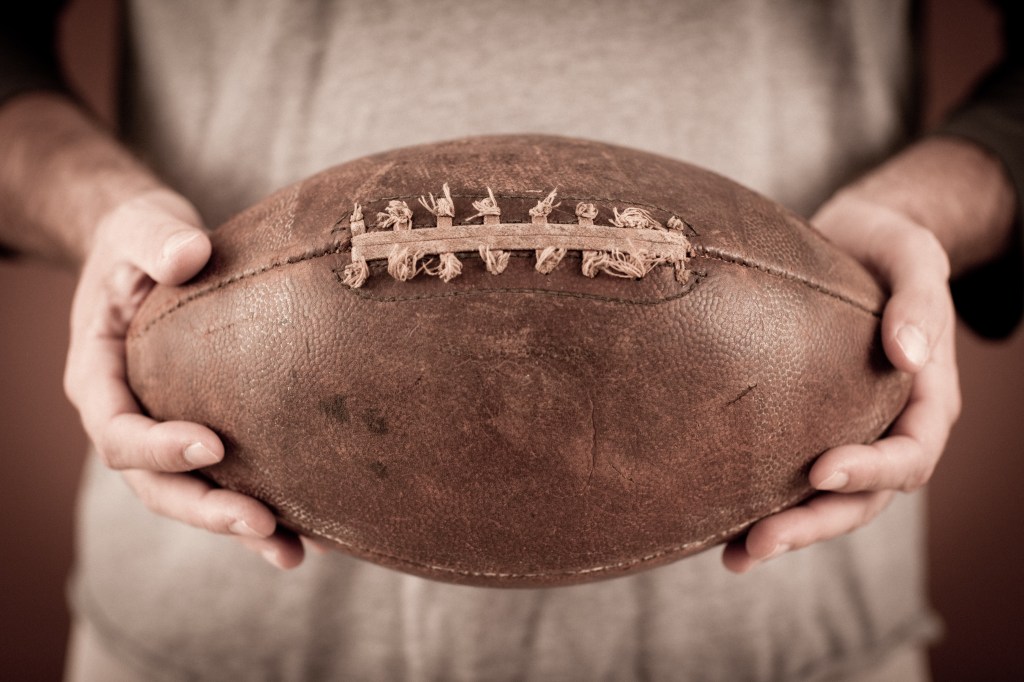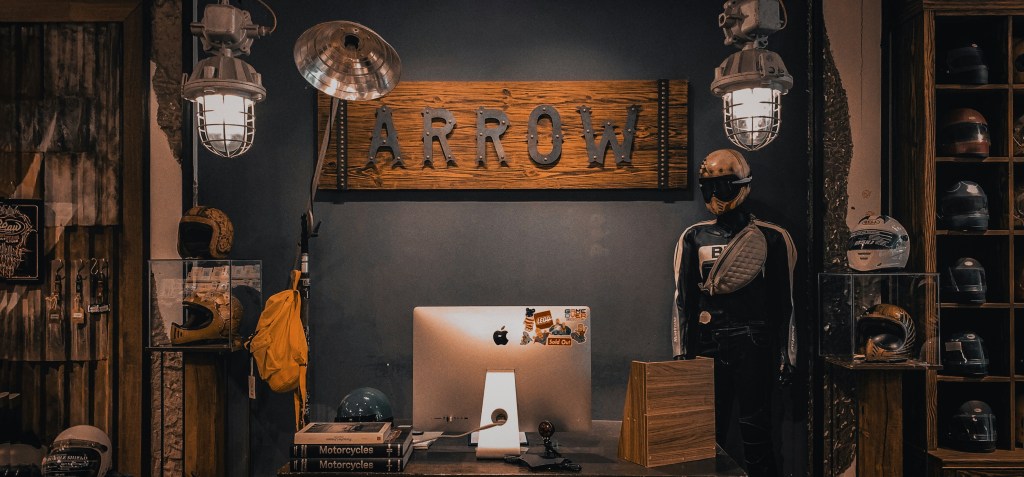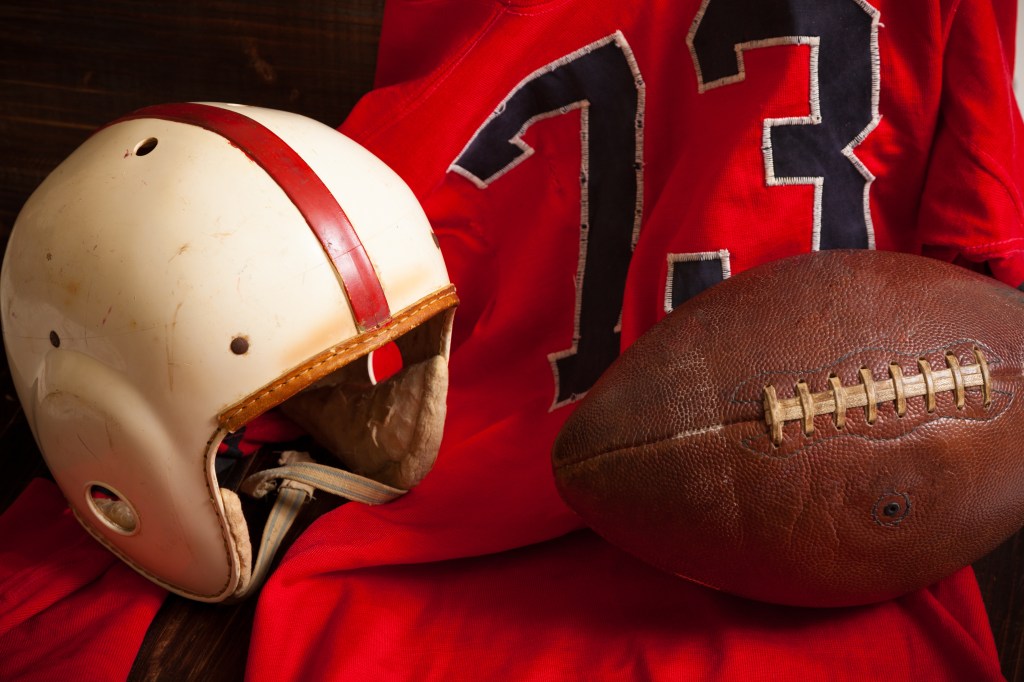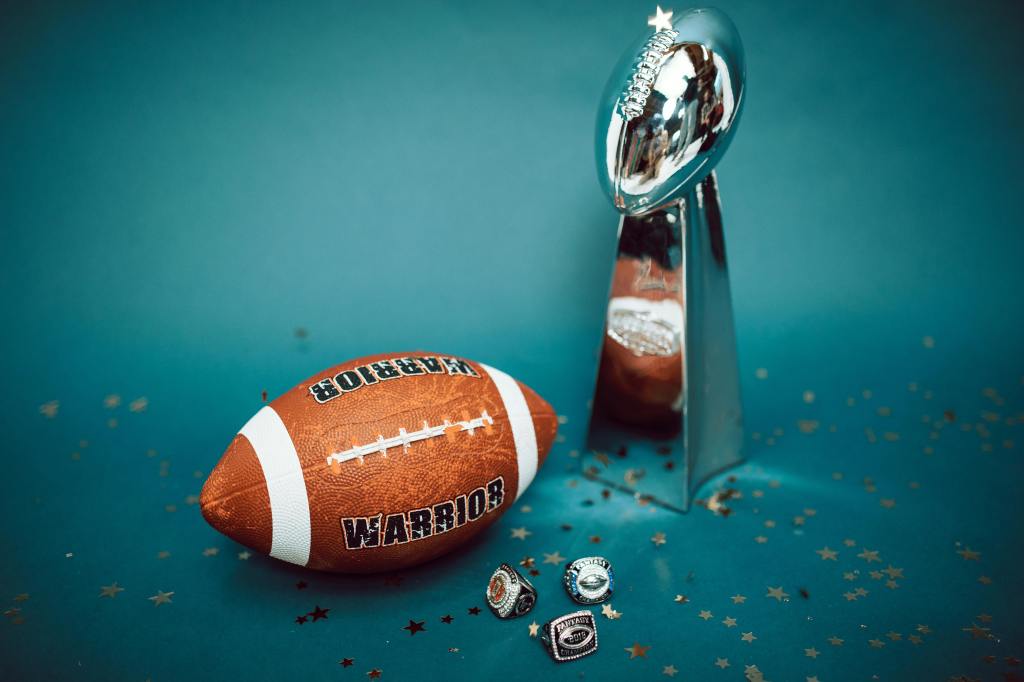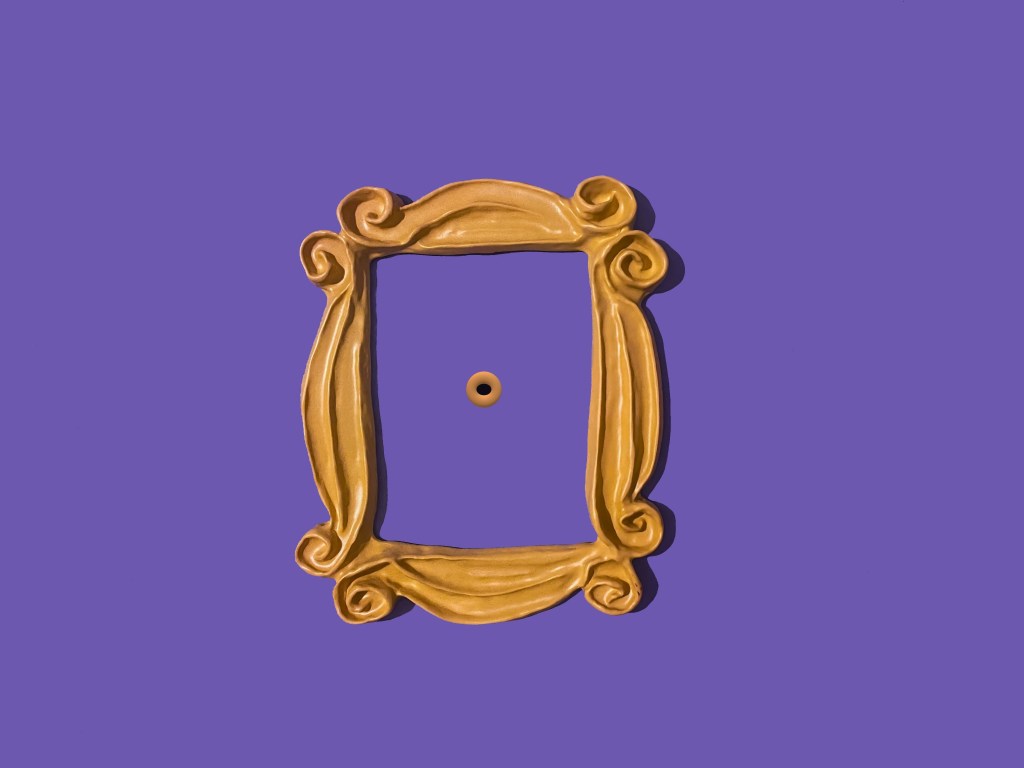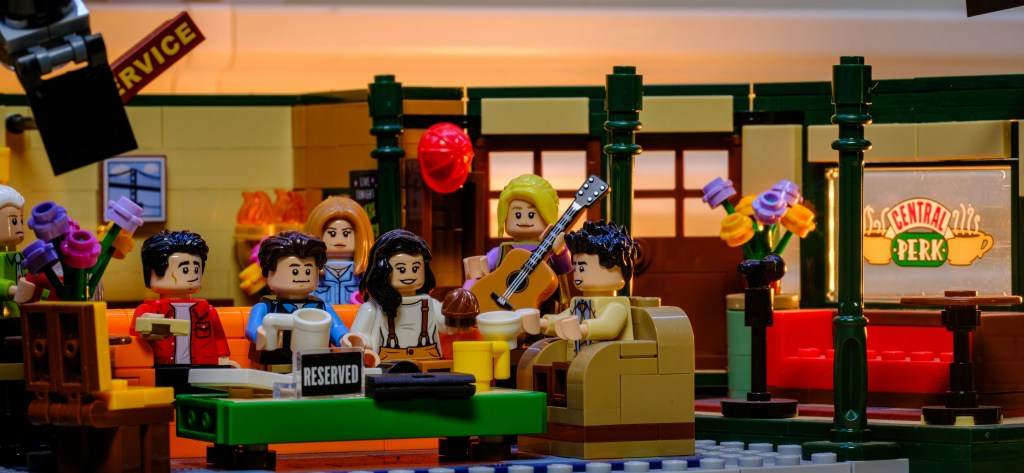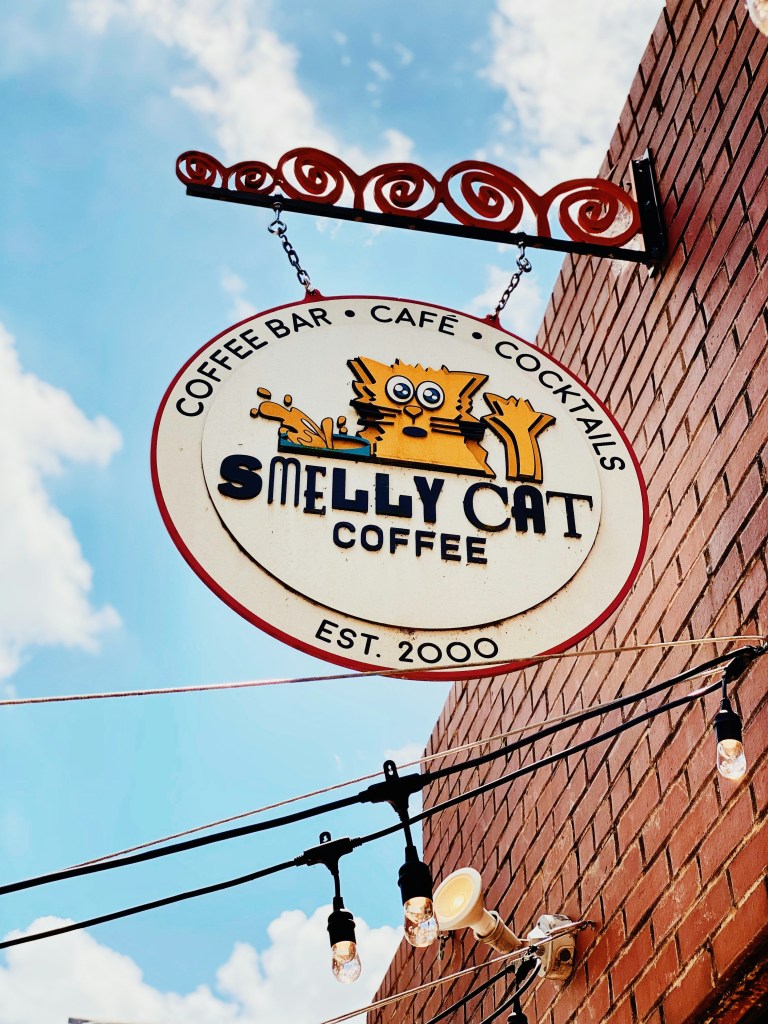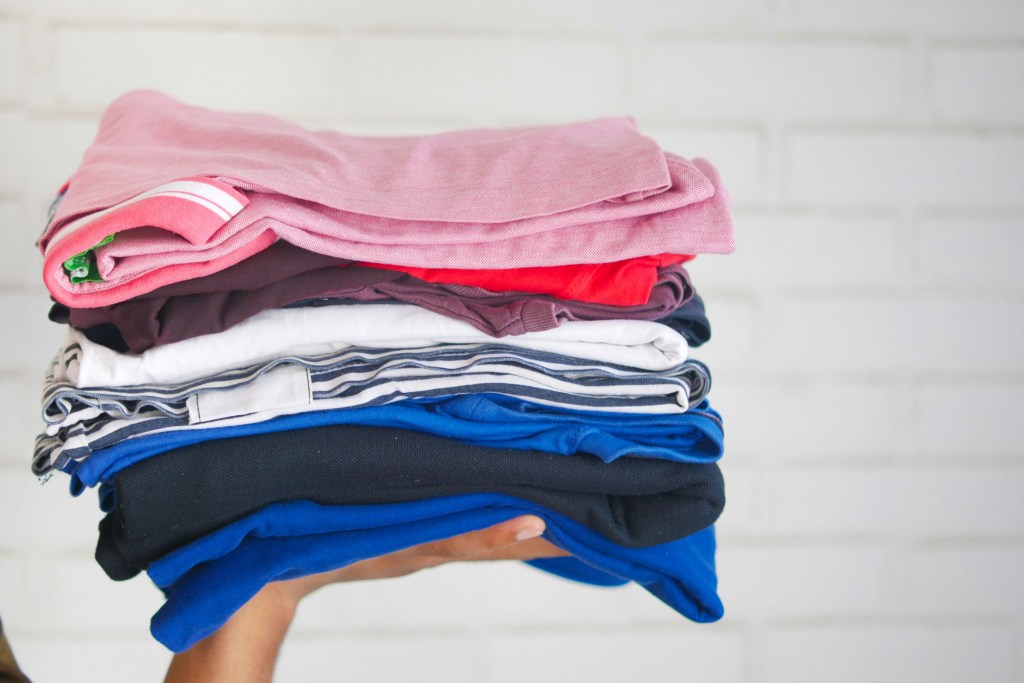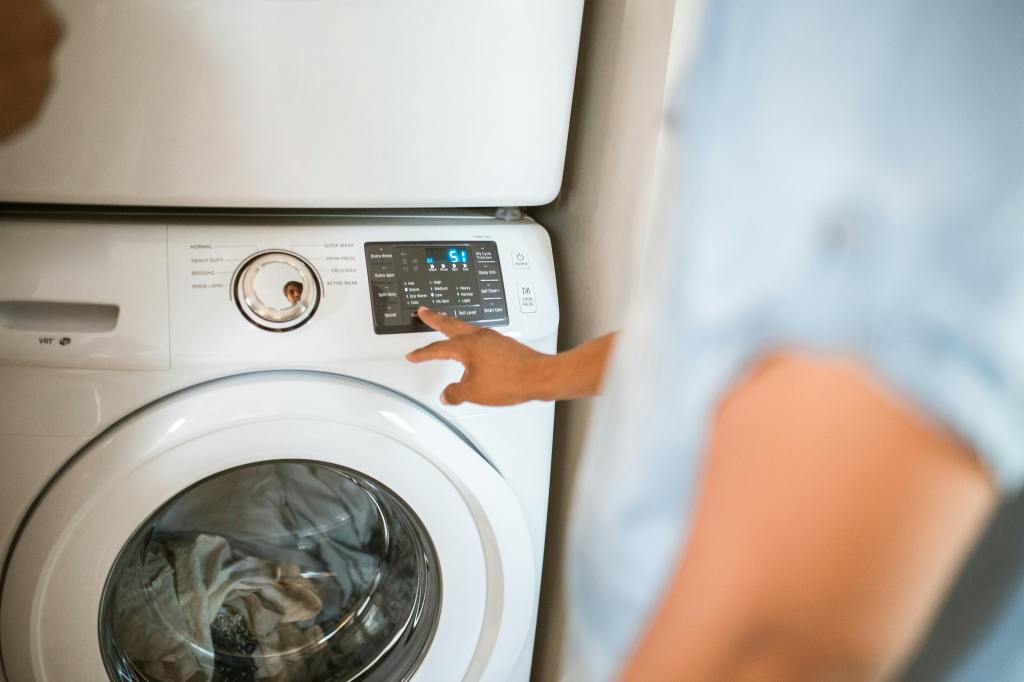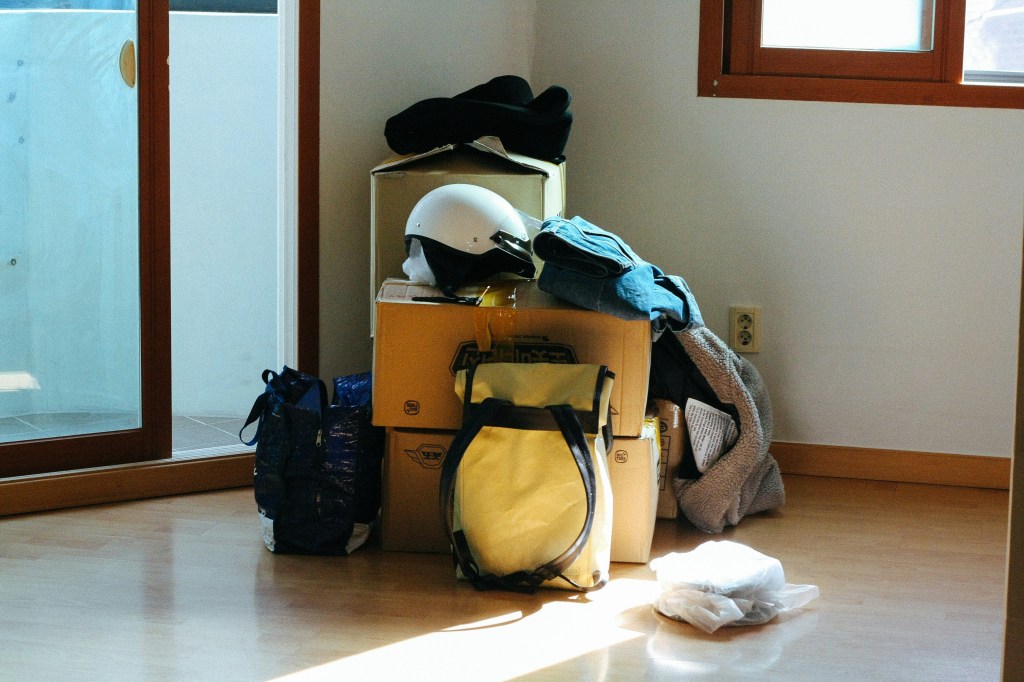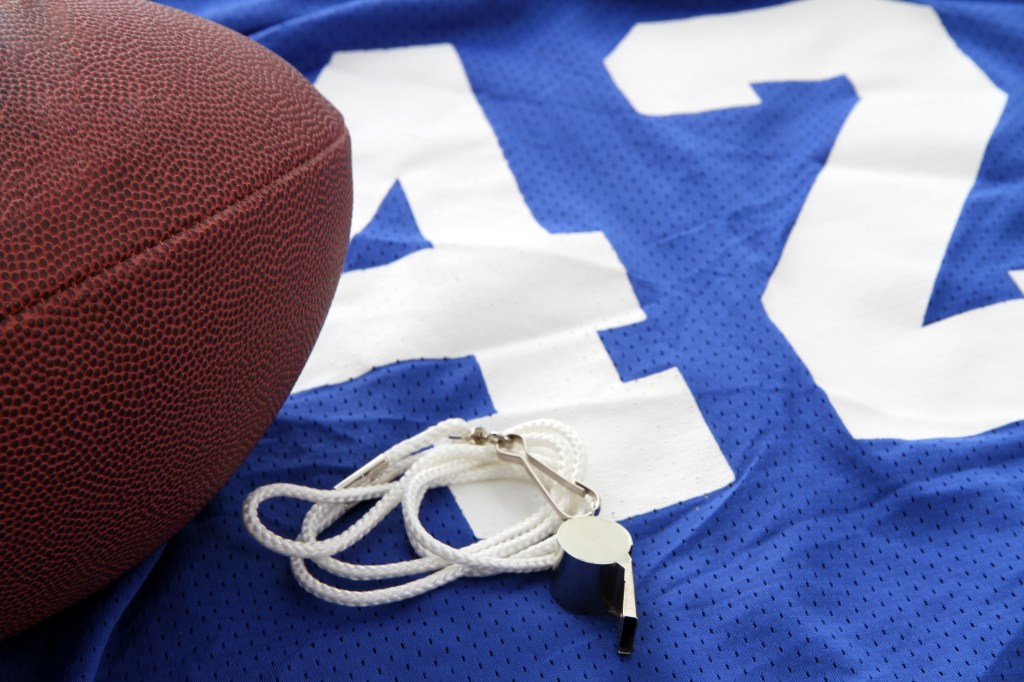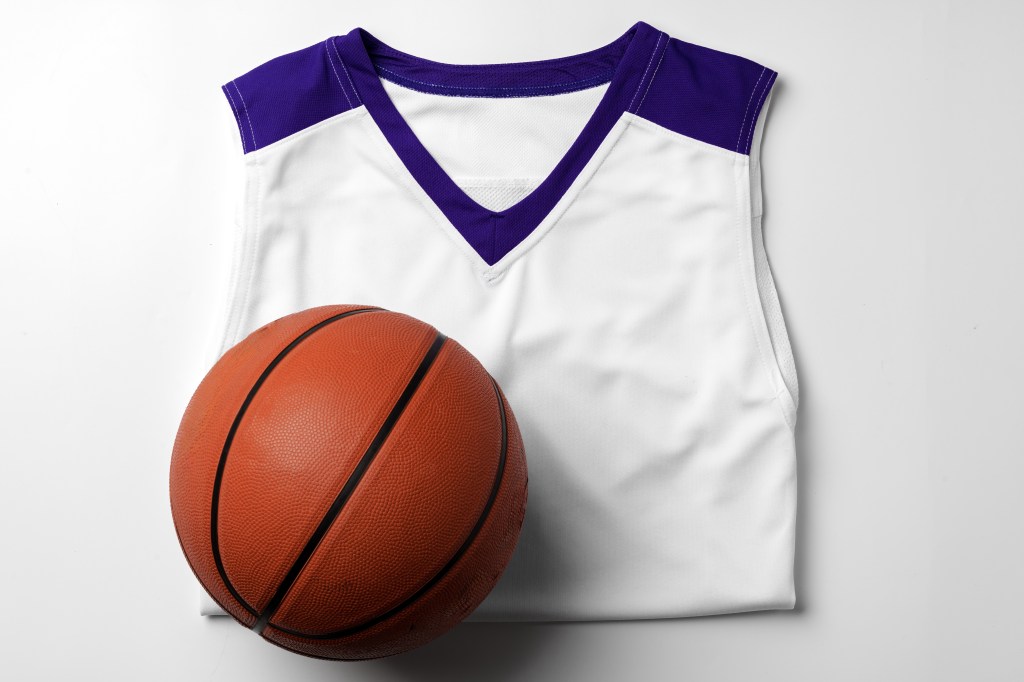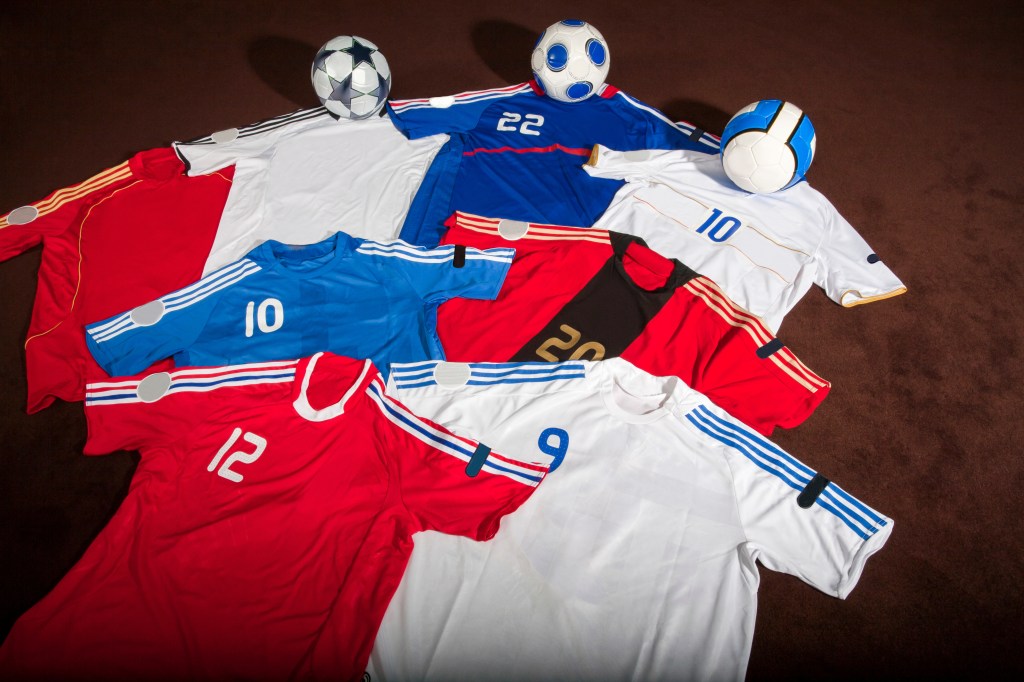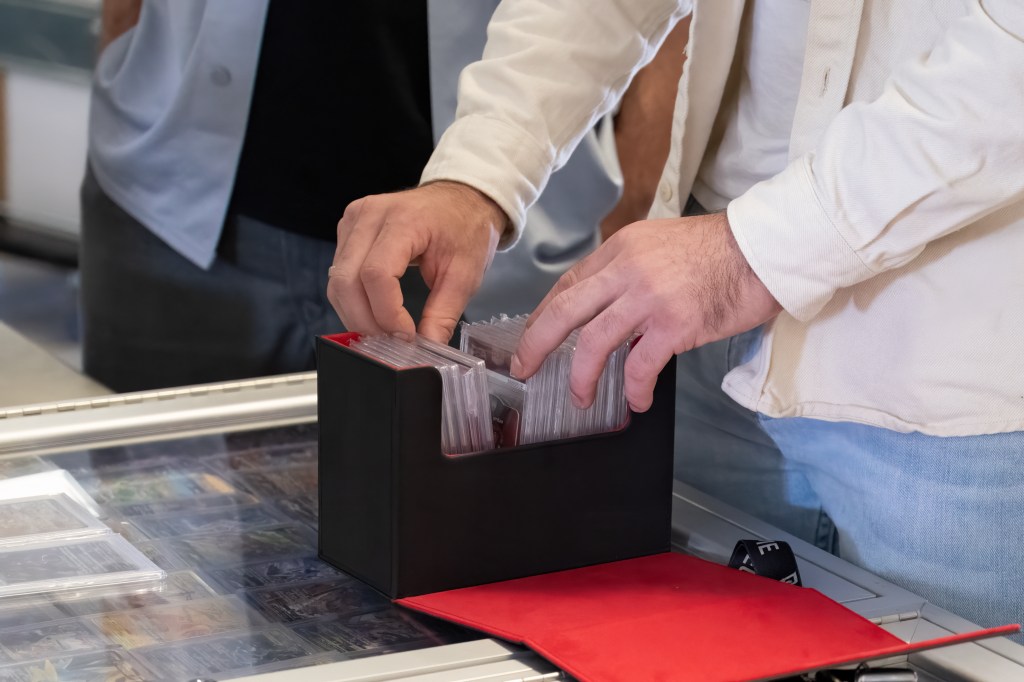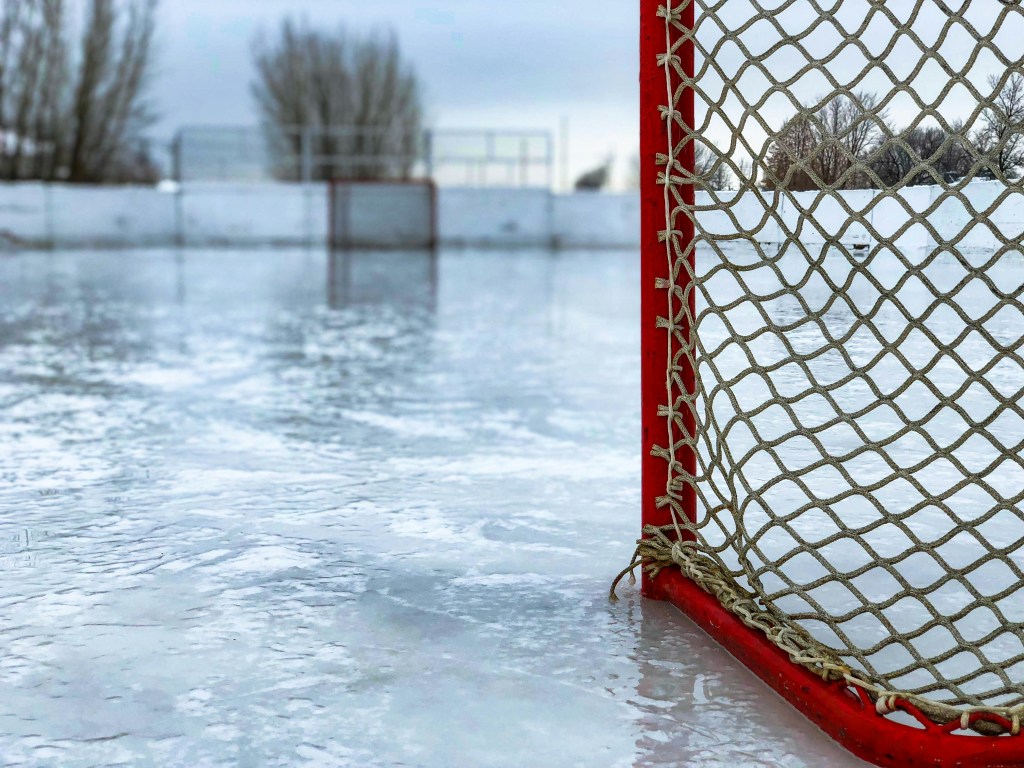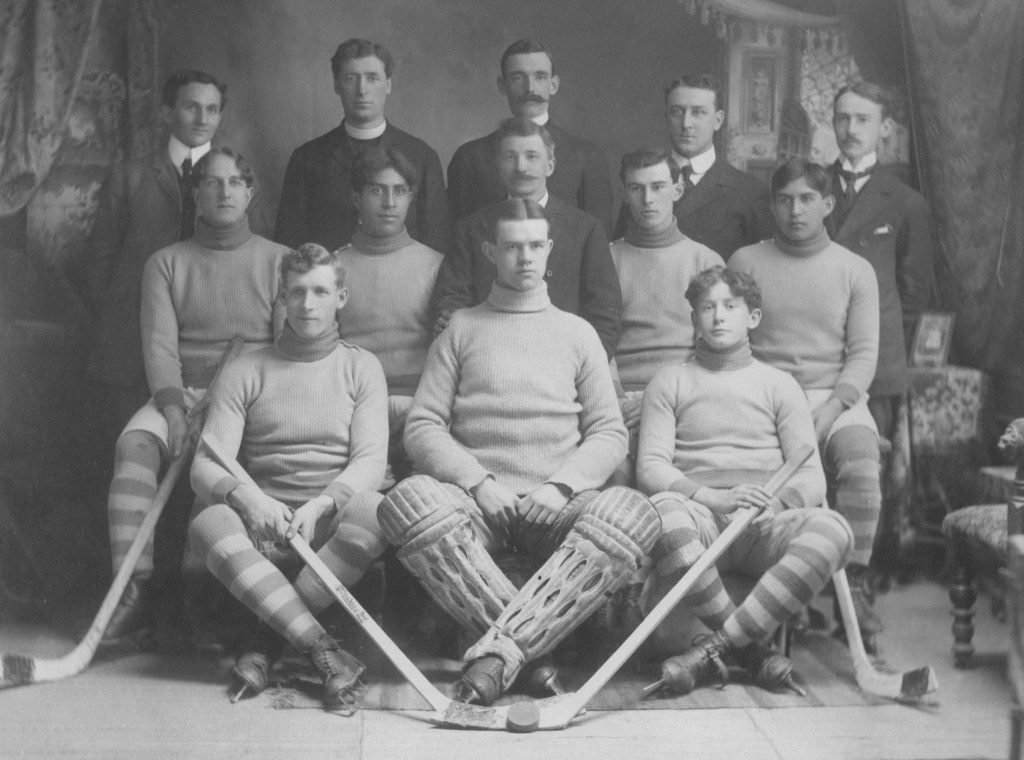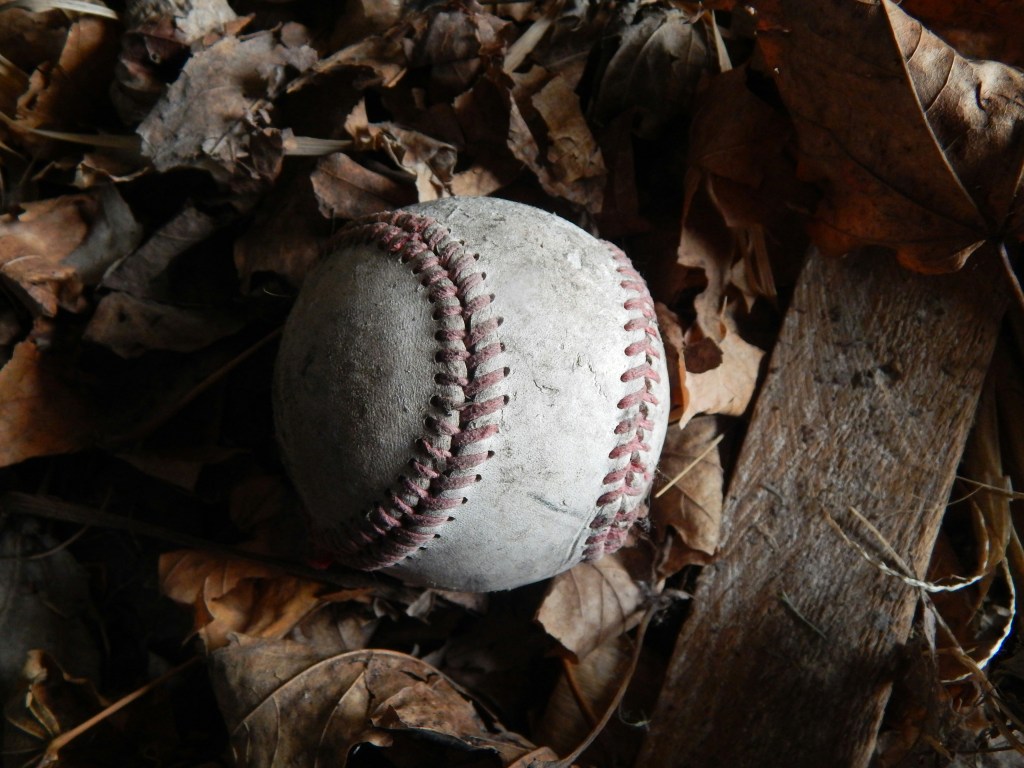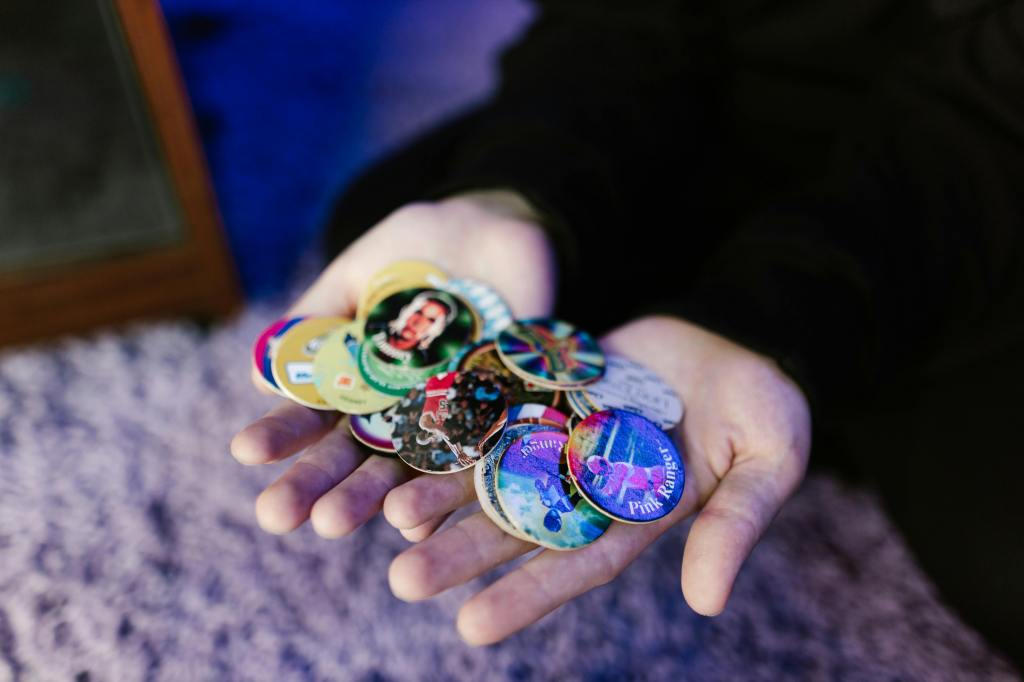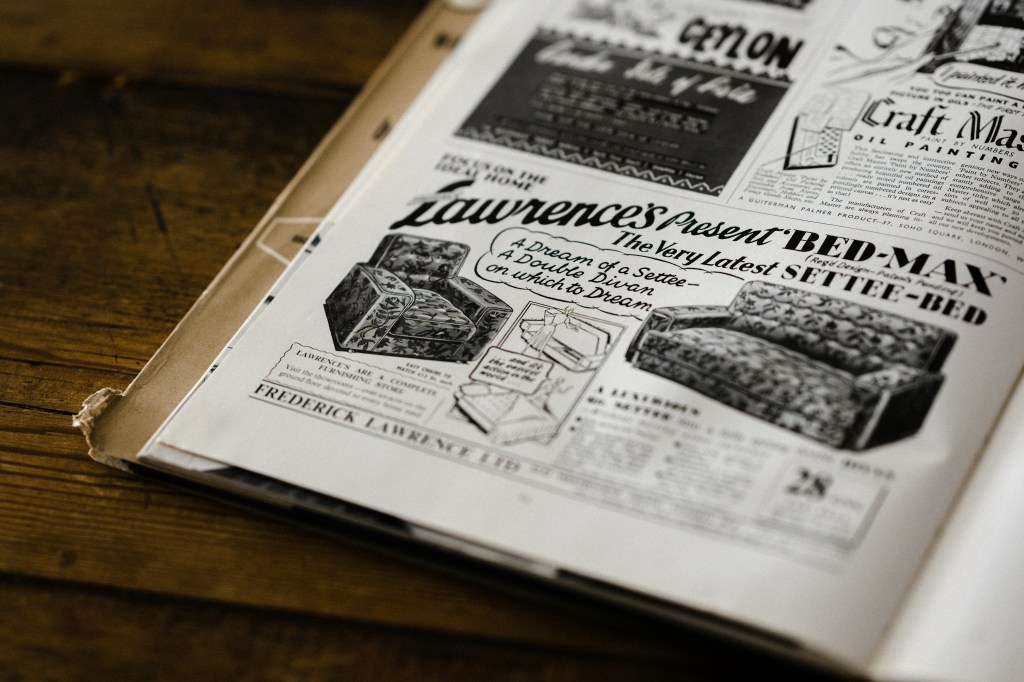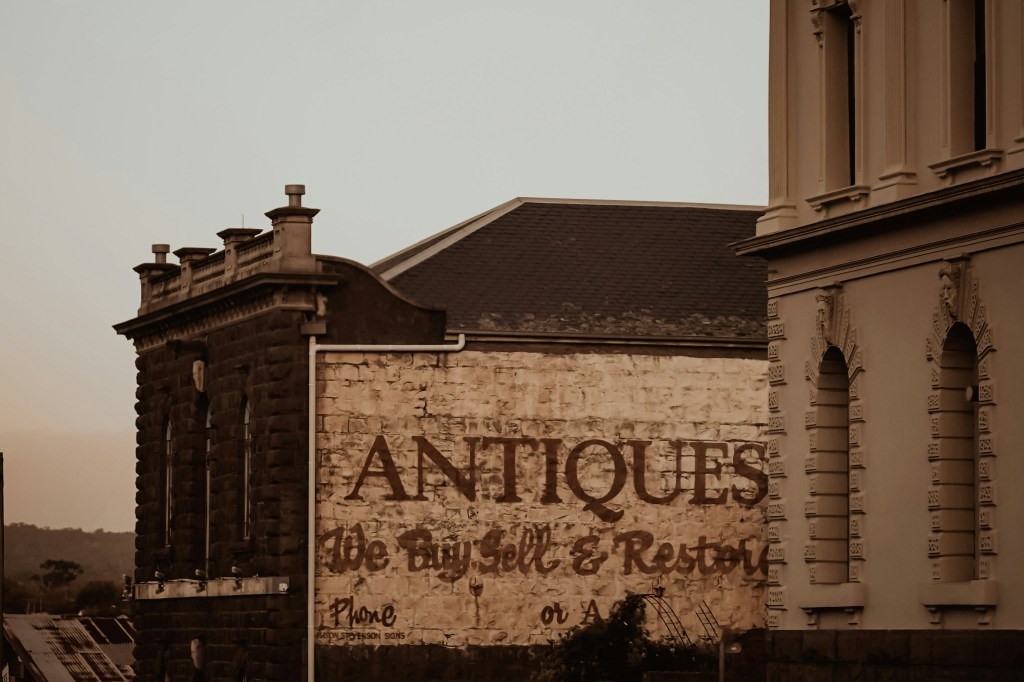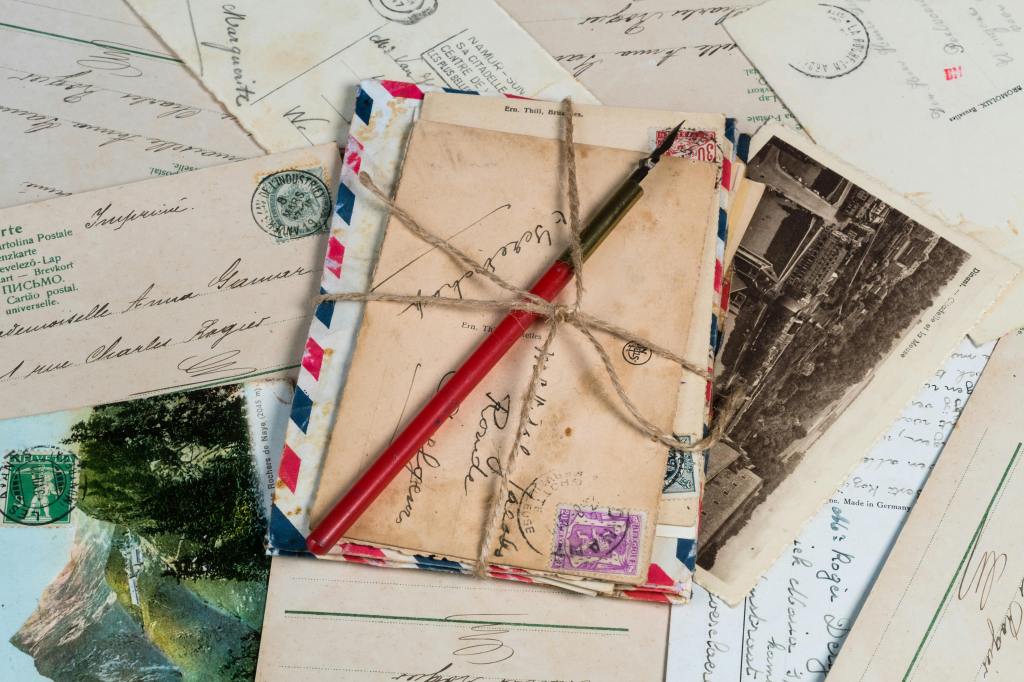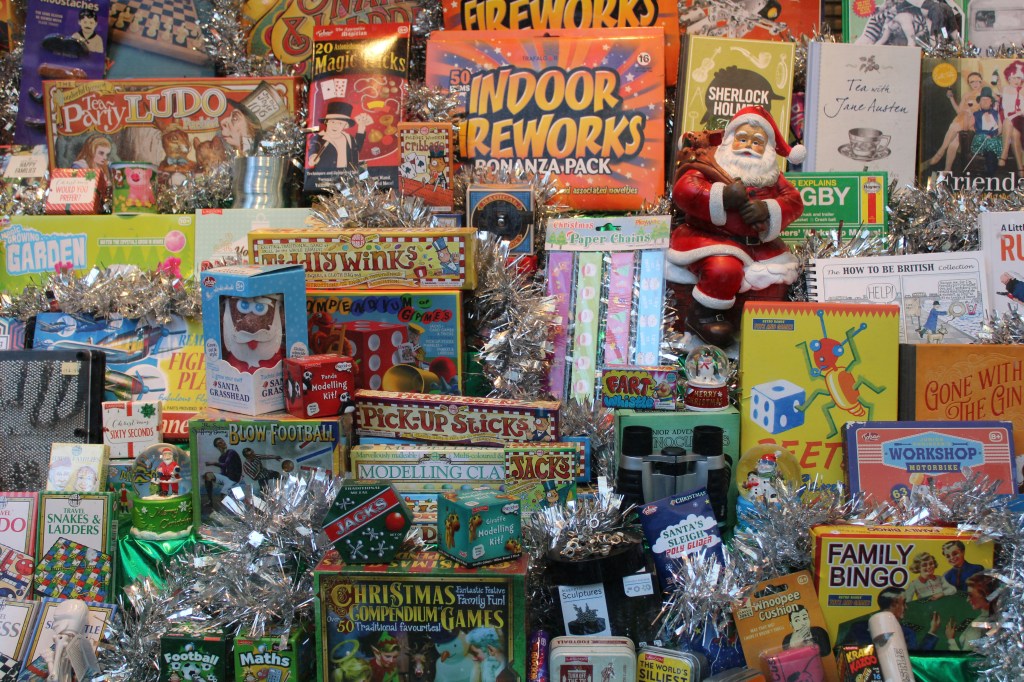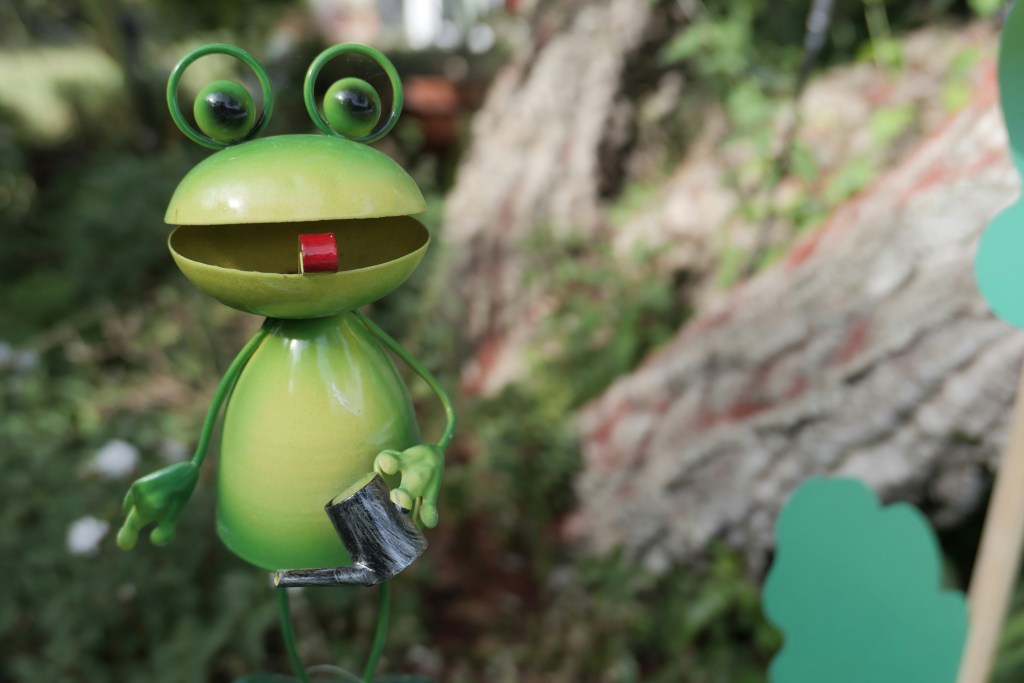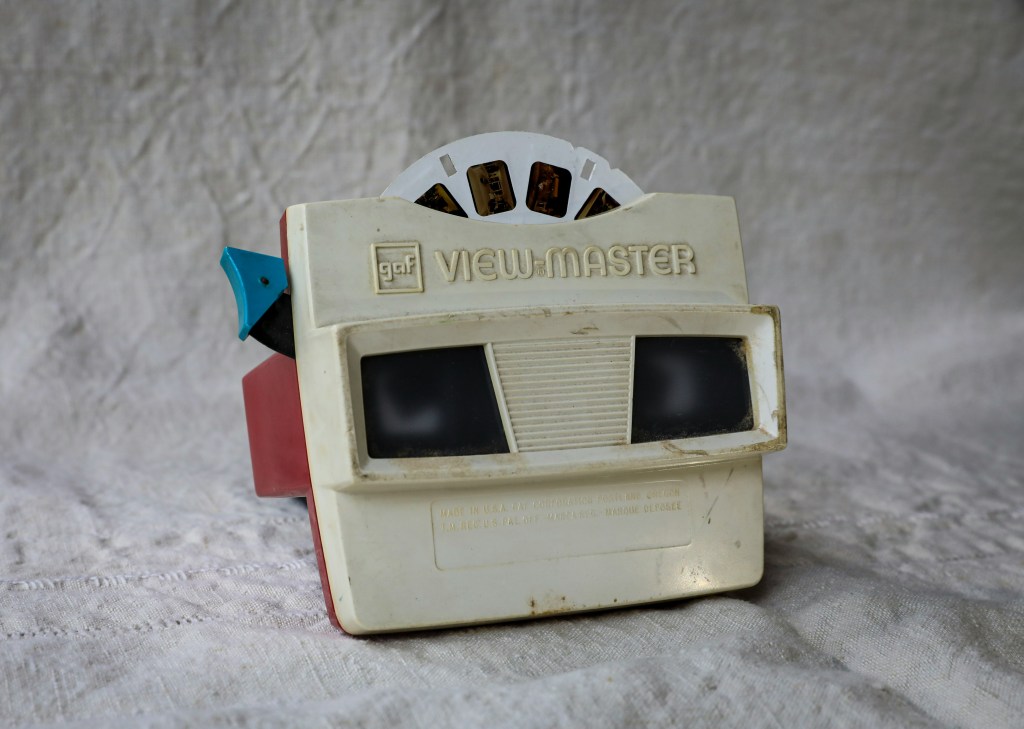Explore the world of Yu-Gi-Oh collectibles, their values, and tips for building your collection. Dive in to elevate your trading card knowledge today!
Yu-Gi-Oh! Collectibles: Why the Hobby Endures
Yu-Gi-Oh! continues to captivate fans and collectors through its long history of anime, competitive tournaments, and nostalgic card reprints. This enduring appeal has shaped a vibrant market, offering something for everyone, from affordable single cards to sought-after rarities and sealed vintage sets.
Whether you’re driven by the excitement of discovering iconic chase cards or the joy of building themed collections, there’s a place for every collector in the world of Yu-Gi-Oh!
How To Start Collecting Yu-Gi-Oh! Cards
Beginning your journey into Yu-Gi-Oh! collecting can be both exciting and rewarding. To establish a solid foundation, it’s essential to select a specific focus for your collection and become familiar with key concepts and terminology. This guide will help you understand the basics of Yu-Gi-Oh! cards, select your collection themes, and embark on your collecting adventure.
Learn the basics
Before diving into collecting, take some time to learn the essential language of Yu-Gi-Oh! This includes understanding the various rarity types of cards, such as Common, Rare, Super Rare, Ultra Rare, Ultra Secret Rare, Ultimate Rare, Secret Rare, and Starlight Rare. Additionally, familiarizing yourself with set codes is crucial; these codes provide valuable information about the card’s origin and placement in its respective set. Furthermore, take note of first editions, which are the first printing of any card, marked differently based on their release year.
Pick a focus
To create a more focused collection, decide on a specific lane that resonates with you. This could involve selecting your favorite characters from the series or manga, concentrating on specific types of cards such as monster cards, or narrowing your focus to a particular era of Yu-Gi-Oh! Whether you prefer the original series, Yu-Gi-Oh! GX, or even more recent iterations like Yu-Gi-Oh! ARC-V, establishing your niche will help guide your collecting decisions. Additionally, consider focusing on single Yugioh sets to streamline your purchases.
Beginning your collection
Starting your Yu-Gi-Oh! collection requires careful planning and discipline. Set a budget that aligns with your financial situation to avoid overspending. This budgeting will help keep your collecting focused and enjoyable. Stay committed to your theme to avoid getting sidetracked by every card you encounter, and remember that building a collection is a gradual process; patience is key.
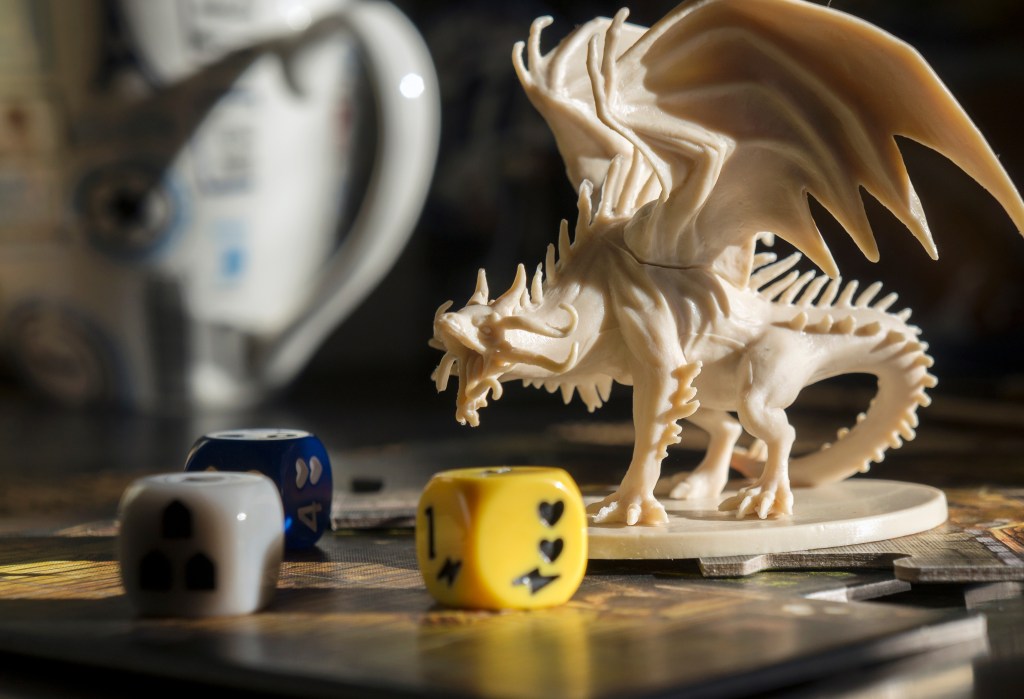
Understanding Rarity: From Commons To Ghost and Starlight
In the world of Yu-Gi-Oh!, rarity tiers play a crucial role in determining the value and desirability of cards. These tiers not only signify the rarity of a card but also indicate its visual appeal, helping collectors and players alike make informed decisions when buying or trading cards.
Common cards and rare cards
Common cards are straightforward, featuring no special foil or holographic card art, making them easily accessible within booster sets. Rare cards are limited to one per pack and showcase a silver foil on the card’s name, although they lack any holographic imagery.
Core Chase Cards: Super Rare, Ultra Rare, and Secret Rare
Super Rare cards have a pull ratio of 1:4 and feature holofoil only on the illustration. In contrast, Ultra Rare cards are even more sought after, with pull ratios of 1:12 before 2015 and 1:6 after 2016. These cards include a holographic foil image as well as gold foil on the name. Secret Rare cards take things even further, showcasing a distinct diagonal pattern on their holofoil illustrations. Their pull ratios are 1:24 before 2015 and 1:12 after, making them an exciting find in any pack.
Additionally, there are several collector’s rare cards:
- Secret Ultra Rare: These cards have silver holofoil letters and holofoil backgrounds.
- Parallel Rare: This category includes special rarities:
- Parallel Common: A holographic coating that covers the entire card.
- Collector’s Rare: Features rainbow-colored reflective patterns.
- Super Parallel Rare: Includes a holofoil background and holographic coating on the entire card.
- Ultra Parallel Rare: Boasts gold holofoil letters, a holofoil background, and a holographic coating.
- Millennium Rare: Characterized by vertical Egyptian hieroglyphics and grainy particles, sharing a similar coloring to Starfoil Rare cards.
Premium Tiers: Ultimate Rare, Starlight Rare, and Ghost Rare
Among these, Ultimate Rare cards stand out due to their unique features. They not only have gold foil on the name but also an embossed texture on the illustration and other design elements. Ghost Rare cards, in particular, feature dynamic illustrations that shimmer or change when viewed from different angles, creating a “ghost like” appearance. It also has very shiny silver lettering. Starlight Rare cards feature a horizontal foil pattern similar to that of Prismatic Secret Rare cards, but the foil extends across the entire card rather than just the artwork. The text box remains non-foiled. Gold Ultra Rare is a new rarity introduced in the Gold Series. These cards feature gold lettering, holographic foil, a holographic gold image border, a lore text border, and a card border.
Prismatic Secret Rares
Finally, differentiate between the Japanese and English editions with Prismatic Secret Rares. In the English version, these cards contain both vertical and horizontal holofoil lines as well as foil on the card name, while the Japanese variant features a more uniform holofoil covering the entire card surface. Any English card identified as Prismatic Secret Rare is also referred to as Starlight Rare cards, highlighting the unique beauty and collectability of these cards.
- Quarter Century Secret Rare: Modified Secret Rare cards that feature a parallel foil finish and a 25th Anniversary watermark.
- Platinum Secret Rare: TCG-exclusive rare card found in the 2014 Mega Tins. These cards have a platinum foil with a secret rare texture, similar to Gold Secret Rare cards. The foil covers the entire card except for the text box and attribute icon.

First Editions, Reprints, and Set Codes
In the world of Yu-Gi-Oh!, various factors influence the value of cards, particularly first-edition stamps, reprint waves, and set identifiers. Collectors and enthusiasts often consider these elements when assessing worth and desirability.
First-edition stamps
First-edition stamps play a crucial role in determining a card’s value. For first-edition Yu-Gi-Oh! Cards feature a distinctive gold foil stamp with a raised texture in the bottom right corner, specifically featuring the Anubis Eye Symbol. This unique marking signifies that the card is part of the inaugural print run, making it highly sought after by collectors.
Reprint waves
Reprint waves introduce players and collectors to previously released cards at a later time. These reprinted cards may feature new artwork or different foil treatments, distinguishing them from the original prints. While reprints typically offer a more affordable way to own classic pieces of Yu-Gi-Oh! artwork, they generally do not command the same high prices as first-edition versions.
Set identifiers
Set identifiers are essential for understanding the specific collections from which cards originate. For instance, booster sets released in 2002, such as LOB (Legend of Blue Eyes White Dragon) and MRD (Metal Raiders), categorize and help track various cards. Collectors often seek these sets for their nostalgia and historical significance in the Yu-Gi-Oh! trading card game, further impacting value expectations.
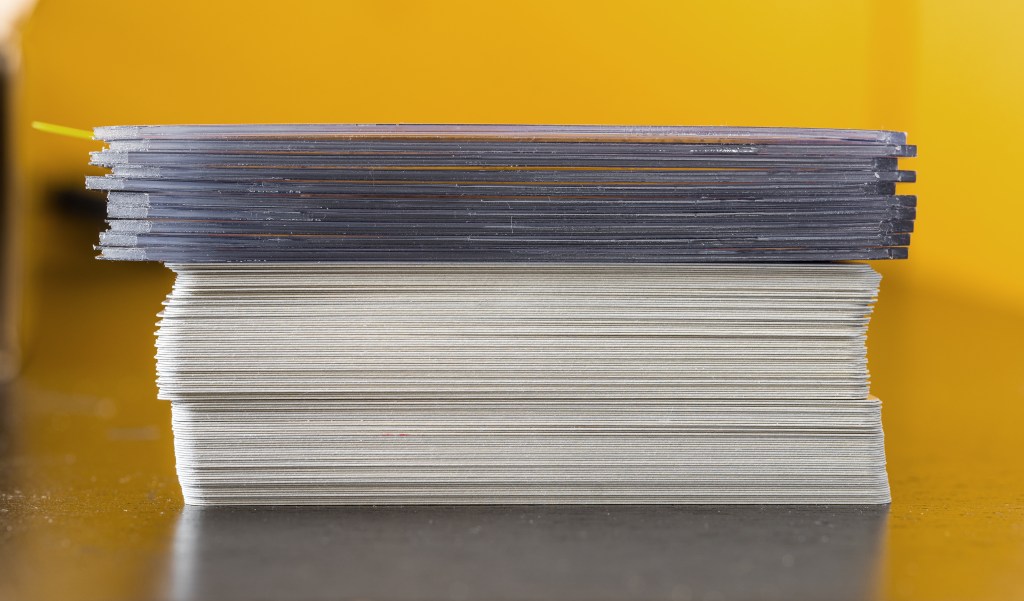
High-Value Categories: What Collectors Watch
Trophy-level pieces in the Yu-Gi-Oh! trading card game are prized by collectors for their unique appeal and historical significance. These high-value items typically encompass tournament cards, special prize cards, and limited-edition promotional material that showcase the essence of competitive gaming.
Tournament play cards
Among the most coveted and extremely rare tournament cards is the Black Luster Soldier, a stunning piece crafted from stainless steel and valued at an astounding $10 million. This exclusive card was awarded to the winner of the inaugural Yu-Gi-Oh! Duel Monsters 1 tournament, marking its place in history. Other notable cards include the Shonen Jump championship prize cards and the Legendary Magician of the Dark, which was featured in the 2020 Yu-Gi-Oh! World Championships, as well as the Des Volstgalph EN002, provided as a unique prize during the 2005 Pharaoh Tour.
Prize cards
Prize cards hold a special place in the hearts of collectors and players alike. Notable examples include the Legendary Dragon of White and Divinity, which are highly sought after due to their rarity and significance in tournament play. These cards are not only valuable but also represent the pinnacle of competitive achievement within the Yu-Gi-Oh! community.
First-edition chase cards
First-edition chase cards are essential for serious collectors, often serving as benchmarks for value and desirability. Noteworthy examples include the Shrink card from the Strike of Neos: Special Edition and the iconic 2002 Yu-Gi-Oh! Exodia the Forbidden One #122, which is a fan-favorite. Additionally, Jinzo #000 from the Pharaoh’s Servant set—a 1st edition Secret Rare card—stands out as a prized find for enthusiasts.
Premium rare cards
Premium rare cards are another significant category of collectibles within the Yu-Gi-Oh! universe. The Vice Dragon EN001, which was part of the Duel Disk Yusei Set Promo from the Yu-Gi-Oh! 5D promotion exemplifies the unique designs and high quality of these cards. Additionally, Gaia the Dragon Champion #125, a 1st Edition Secret Rare from the Legend of Blue Eyes White Dragon set, serves as a testament to the iconic status of early Yu-Gi-Oh! cards.
Sealed vintage boxes
Sealed vintage boxes are prized in collections due to their age, condition, authenticity, and provenance. Collectors value these items for their ability to enhance collections and showcase the history of Yu-Gi-Oh! trading card game.
Condition, Grading, and Multipliers
When it comes to the world of collectible cards, particularly Yu-Gi-Oh! cards, understanding their value and condition is essential for collectors and investors alike.
Card condition
When assessing the value of collectible cards, particularly Yu-Gi-Oh! cards, the condition is a key factor. The four main attributes that determine whether a card is merely nice or truly gem-quality are surface, corners, edges, and centering. Each of these elements plays a crucial role in defining the overall condition, which significantly affects the card’s market value.
Importance of grading
Third-party grading is essential for those looking to unlock higher price tiers for top-condition cards. Companies such as PSA, BGS, and CGC offer grading services that assess not only the condition of the card but also its authenticity. This grading process follows a numerical scale, which provides potential buyers and sellers with a standardized assessment of the card’s quality. However, the costs associated with grading and the time it takes to receive results are important factors to consider against the expected market value of the card.
Key considerations for grading
When considering grading, it’s essential to strike a balance between benefits and costs, as well as turnaround times. Grading fees vary, and delays can impact market conditions and card values. Understanding these factors is essential for collectors and investors to make informed decisions. Researching notable grading companies and their processes can help collectors enhance the value of their cards.
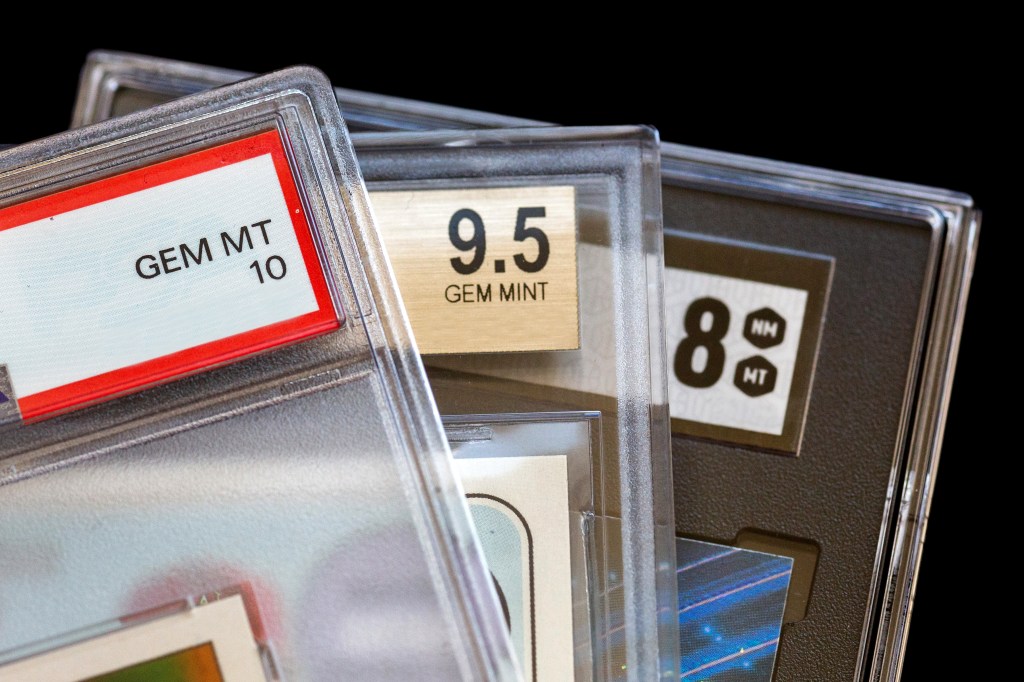
Buying Singles vs. Sealed: Pros and Trade-Offs
When it comes to collecting trading cards like Yu-Gi-Oh!, collectors often face the decision between purchasing singles or sealed products. Each option has unique benefits and drawbacks. Understanding these can help you align your choice with your collecting goals, whether for set completion, long-term display, or selective upgrades.
Single cards
- Pros: Purchasing singles offers the advantage of certainty and targeted progress toward completing a specific theme or set. Collectors can choose the exact cards they need, avoiding duplicates and focusing on enhancing their collections efficiently.
- Cons: There’s always the possibility of acquiring counterfeit or fake cards, which can not only diminish the value of a collection but also lead to frustrating experiences for the collector.
Sealed boxes and booster packs
- Pros: Sealed booster packs offer an exciting thrill of the chase. Opening boxes and booster packs can be exhilarating and add an element of surprise to the collecting experience. Additionally, sealed products have long-term display appeal, making them a visually engaging addition to any collection.
- Cons: Despite their allure, sealed products may not be the most efficient or budget-friendly choice. Collectors often find themselves with multiple common cards and may struggle to complete their collections without making additional purchases, which can lead to potential frustration.
Avoiding Pitfalls: Counterfeits, Alterations, and Tampering
Understanding the nuances of genuine products versus fakes can help collectors protect their investments and ensure they are acquiring genuine pieces for their collections. Below, we examine the key factors to consider when identifying authentic cards, evaluating their condition, and verifying their legitimacy. When it comes to Yu-Gi-Oh! cards, knowing the difference between authentic and counterfeit products is essential.
Authentic cards:
- Konami: Authentic cards are produced, published, and distributed by Konami. One hallmark of an authentic card is consistency; for instance, the back of the card should always appear uniform in appearance.
- Consistency: Additionally, authentic cards will feature correct fonts, with proper casing and high quality. Features such as holo patterns, illustrations, and printing will be clear and consistent.
- Error Cards: Interestingly, some collectors hunt for authentic error cards, which can be rare as they are often recalled. These error cards may exhibit inconsistencies in foil, art, names, and reverse foils. Careful inspection is crucial to distinguish authentic errors from fakes.
Counterfeit cards:
- Printing: In contrast, counterfeit cards can be easily printed at home or produced by counterfeit distributors.
- Inconsistency: These fakes often exhibit notable inconsistencies in printing quality, card image sharpness, color, and font. Signs that a card might be counterfeit include unusual holo patterns and discrepancies in text or illustrations.
Condition checks
Condition is another critical aspect to evaluate when buying from secondary markets. Inspecting the edges of the card can provide insights into its authenticity—trimmed or recolored edges are often indicators of counterfeit cards or poorly maintained authentic ones. For sealed items, ensure that you inspect the wrap seams, logos, and the overall shape of the box. Any irregularities in these areas may indicate potential tampering, which could compromise the product’s integrity.
Verification methods
DIY research is a great first step; understand factors like cardstock, release editions, and card features to help identify inconsistencies. Alternatively, consider factors like cardstock, release editions, and card features that help third-party grading services for authentication, but be aware of shipping costs and fees. These steps can enhance confidence in your collection’s authenticity and value.

Building A Theme: Characters, Eras, and Archetypes
When building a Yu-Gi-Oh! collection, anchoring your cards to a central theme creates a sense of unity and purpose. A well-chosen theme makes your display more visually appealing and guides your collecting decisions.
Character and era-based themes
One effective way to create cohesion is to focus on iconic characters or eras from the original series. Collecting cards associated with legendary duelists, such as Yugi Muto, Joey Wheeler, and Seto Kaiba, or seeking out first-edition cards can lend your collection historical significance and nostalgic appeal.
Archetypes and coveted cards
Another approach is to build your collection around favorite archetypes or highly sought-after cards. For example, cards like Dark Magician Girl, Cyber Dragon, Rainbow Dragon, and Elemental HERO Chaos Neos are popular choices that can serve as focal points for your display. You may also choose to organize your collection by card type—Monster, Spell, or Trap—or by elemental attributes. This method enables creative organization and highlights the unique aspects of your cards.
Exclusive release windows
Focusing on cards from single-release windows, such as exclusive drops, event-only releases, or anniversary editions, adds rarity and distinction to your collection. These limited releases often become highly prized among collectors and can make your display stand out.
Storage and Display That Protects Eye Appeal
Use penny sleeves, toploaders or semi-rigid holders, and zipper-binder pages for frequent viewing. Keep cards out of direct light and in stable conditions so foils don’t warp and surfaces stay scratch-free. Proper storage is essential for maintaining the condition and value of your collectible cards. Using the right materials and methods can prevent damage and preserve your collection for years to come.
Safe storage techniques
Safeguard your cards by placing them in penny sleeves, toploaders, or semi-rigid holders for everyday protection and easy viewing. For added convenience and accessibility, store sleeved cards in zipper-binder pages. Always keep your collection in a location away from direct sunlight and ensure stable temperature and humidity levels. This is particularly important for foil cards, as fluctuations in humidity can cause warping, and exposure to light may lead to fading or surface scratches.
Storage materials
Choose acid-free sleeves, toploaders, semi-rigid holders, or protective slabs to shield your cards from wear and tear. When using sleeves, opt for a zipper binder to keep contents secure and organized. Consistently store your collection in an area with controlled temperature and humidity to prevent damage, especially to sensitive foils.
Display tips
If you wish to showcase your cards, use protective sleeves that are both UV-resistant and acid-free. Avoid placing displays in direct sunlight to prevent fading and deterioration. Secure your collection with sturdy wall mounts or specialized UV-display cases to ensure both protection and an appealing presentation.
Track What You Own: Simple Records, Better Decisions
Keeping an accurate record of your Yu-Gi-Oh! card collection is essential for making smart buying decisions and preserving the value of your cards. Documenting your collection helps you avoid unnecessary purchases, track your investments, and support future sales or insurance claims.
Why document your collection?
Maintaining detailed records of your cards enables you to easily track what you own, which helps prevent duplicate purchases. By keeping up-to-date notes on each card, you also gain a clear picture of your collection’s overall value. This information is practical for insurance purposes, as it enables you to substantiate claims should anything happen to your collection.
Building an effective spreadsheet
A basic spreadsheet should include columns for card name, set code, rarity, condition, price paid, and notes. Expanding this to record where you bought each card, its current market value, and any special attributes such as rarity type or certificates of authenticity can further simplify future sales and decision-making. Periodic reviews of your records will help you identify extras to prune and focus your resources on more valuable upgrades.

Keep The Momentum: Learn, Trade, and Refocus
Stay engaged by following new set releases and participating in community discussions. Trading away duplicate cards allows you to pursue rare “grail” items that fit your collection’s evolving theme. As your preferences shift, refine your focus to keep your collection both visually appealing and personally meaningful, whether it’s a specific set, character, or card type. Consistent, thoughtful collecting not only ensures your display remains impressive but also helps maintain your interest and enjoyment as your collection grows.
Sources
https://cardboardcrusade.wordpress.com/2023/04/21/why-im-investing-in-yu-gi-oh/
https://aura-print.com/usa/blog/post/yugioh-valuable-cards
https://vaultedcollection.com/blogs/vaulted-blog/top-30-most-expensive-yugioh-cards
https://cardboardcrusade.wordpress.com/2023/04/25/how-to-make-money-selling-yu-gi-oh-cards-on-ebay-a-step-by-step-guide-for-beginners/
https://www.cherrycollectables.com.au/blogs/cherry/how-to-start-collecting-yugioh-cards
https://tradingcardsets.com/en-ca/blogs/news/the-top-5-rarest-yu-gi-oh-cards-every-collector-should-own
https://tradingcardsets.com/blogs/news/the-most-valuable-yu-gi-oh-cards-where-to-buy-complete-sets
https://www.psacard.com/info/tcg/yu-gi-oh-basics-guide
https://achivx.com/how-to-identify-a-yu-gi-oh-first-edition-card/
https://www.ign.com/articles/yu-gi-oh-2025-mega-pack-tin-most-popular-cards
